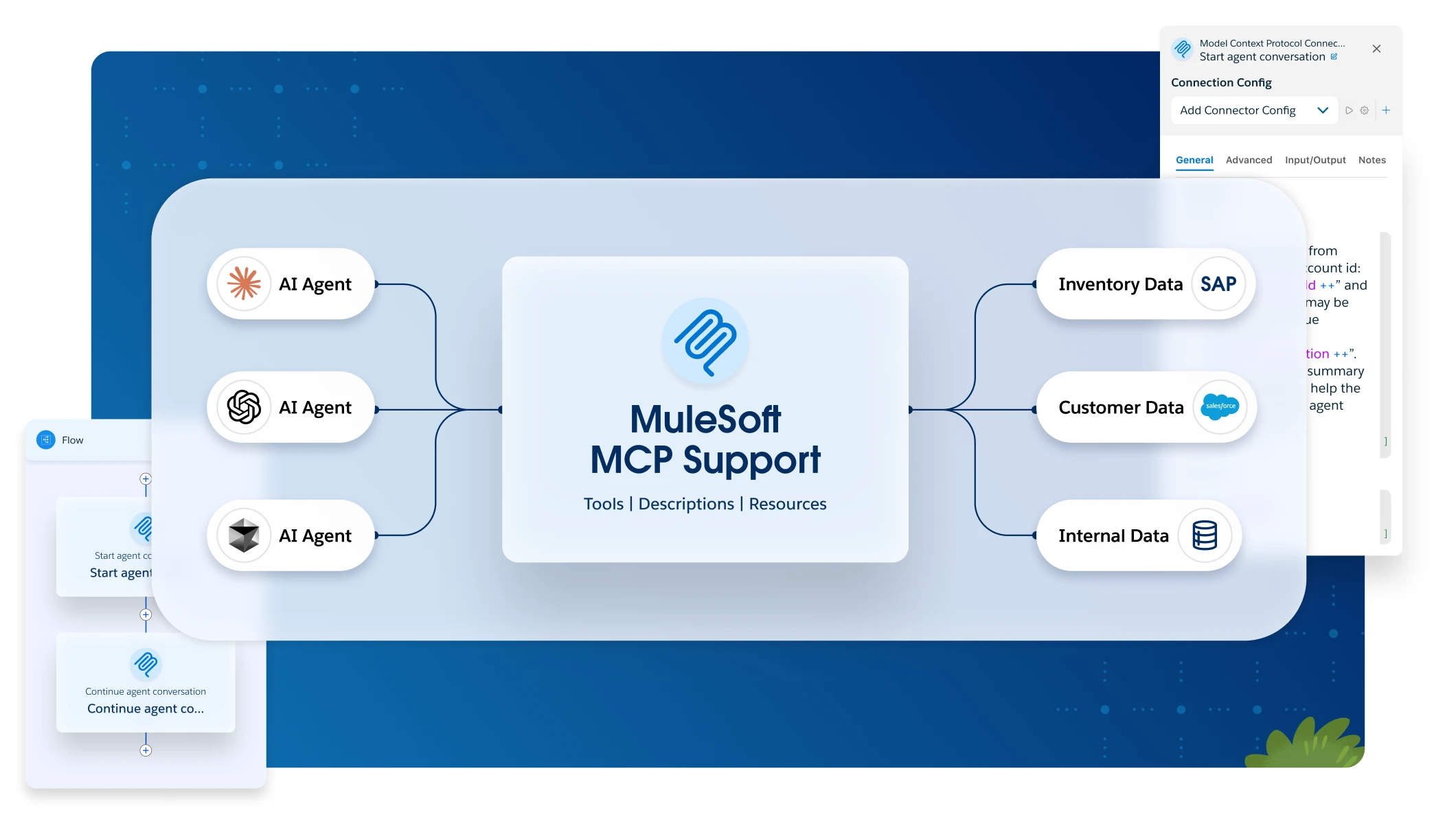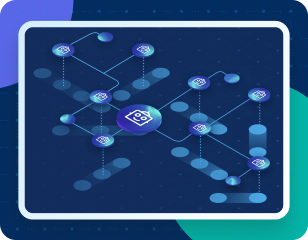openapi: 3.0.0
info:
title: Order Management API
version: 1.0.0
description: API for managing orders in an e-commerce platform.
servers:
- url: https://api.ecommerce.com/v1
paths:
/orders:
post: (1)
summary: Create a new order
operationId: createOrder
requestBody:
required: true
content:
application/json:
schema:
$ref: '#/components/schemas/Order'
responses:
'201':
description: Order created successfully
'400':
description: Bad request
'401':
description: Unauthorized
'500':
description: Internal server error
security:
- bearerAuth: []
get: (2)
summary: Retrieve all orders
operationId: getOrders
responses:
'200':
description: A list of orders
content:
application/json:
schema:
type: array
items:
$ref: '#/components/schemas/Order'
'401':
description: Unauthorized
'500':
description: Internal server error
security:
- bearerAuth: []
/orders/{orderId}: (3)
get:
summary: Retrieve a specific order
operationId: getOrder
parameters:
- name: orderId
in: path
required: true
schema:
type: string
responses:
'200':
description: Order details
'404':
description: Order not found
put:
summary: Update an existing order
operationId: updateOrder
parameters:
- name: orderId
in: path
required: true
schema:
type: string
requestBody:
required: true
content:
application/json:
schema:
$ref: '#/components/schemas/Order'
responses:
'200':
description: Order updated successfully
'404':
description: Order not found
delete:
summary: Delete an order
operationId: deleteOrder
parameters:
- name: orderId
in: path
required: true
schema:
type: string
responses:
'204':
description: Order deleted successfully
'404':
description: Order not found
components:
securitySchemes: (4)
bearerAuth:
type: http
scheme: bearer
bearerFormat: JWT
schemas: (5)
Order:
type: object
properties:
id:
type: string
customerId:
type: string
items:
type: array
items:
$ref: '#/components/schemas/OrderItem'
totalAmount:
type: number
format: float
status:
type: string
enum: [pending, processing, completed, cancelled]
OrderItem:
type: object
properties:
productId:
type: string
quantity:
type: integer
price:
type: number
format: floatGenerative AI Examples
Use these examples to help you get started with the generative AI feature and understand how to create messages for your own use cases.
| Generative support is currently limited to RAML 1.0 and OAS 3.0 specifications. |
Order Management
Your company manages a growing e-commerce platform and needs a way to streamline the handling of customer orders. You want to build an API specification that allows your backend systems to create, retrieve, update, and delete orders, ensuring consistent data models and robust error handling across all operations.
To generate a specification for this task, enter a message like:
Generate an API specification for an order management system for an e-commerce platform. The API should include endpoints to create, retrieve, update, and delete orders, along with detailed definitions for request and response payloads, versioning details, and error handling mechanisms.
This message generates an API specification using the same specification language as the file that was in focus:
| 1 | Creates a new order: The POST /orders operation accepts a JSON payload and returns a success or error response. |
| 2 | Retrieves a list of all orders: The GET /orders operation returns an array of order objects. |
| 3 | Handles operations for a specific order: Includes GET, PUT, and DELETE methods on /orders/{orderId} with path parameter validation. |
| 4 | Uses bearer token authentication: The bearerAuth scheme is applied to secure all endpoints. |
| 5 | Defines reusable data models: The Order and OrderItem schemas provide consistent structure for request and response payloads. |
Inventory Management
Your business needs to track and manage product stock across multiple warehouses and storefronts. To ensure accurate inventory levels and prevent overselling, you want to generate an API specification that supports creating, updating, deleting, and listing products. The specification should include clear data models, input validation rules, and proper security mechanisms.
To generate a specification for this task, enter a message like:
Generate an API specification for an inventory management system. The API should expose endpoints to manage products and stock levels, support operations to add, update, delete, and list products, and include clear definitions for data models, input validation rules, and security considerations.
openapi: 3.0.0
info:
title: Inventory Management API
version: 1.0.0
description: API for managing products and stock levels.
servers:
- url: https://api.inventory.com/v1
paths:
/products:
post: (1)
summary: Add a new product
operationId: addProduct
requestBody:
required: true
content:
application/json:
schema:
$ref: '#/components/schemas/Product'
responses:
'201':
description: Product added successfully
'400':
description: Invalid input
security:
- bearerAuth: []
get: (2)
summary: List all products
operationId: listProducts
responses:
'200':
description: A list of products
content:
application/json:
schema:
type: array
items:
$ref: '#/components/schemas/Product'
'500':
description: Internal server error
security:
- bearerAuth: []
/products/{productId}: (3)
get:
summary: Get product details
operationId: getProduct
parameters:
- name: productId
in: path
required: true
schema:
type: string
responses:
'200':
description: Product data
'404':
description: Product not found
put:
summary: Update a product
operationId: updateProduct
parameters:
- name: productId
in: path
required: true
schema:
type: string
requestBody:
required: true
content:
application/json:
schema:
$ref: '#/components/schemas/Product'
responses:
'200':
description: Product updated
'400':
description: Invalid input
'404':
description: Product not found
delete:
summary: Delete a product
operationId: deleteProduct
parameters:
- name: productId
in: path
required: true
schema:
type: string
responses:
'204':
description: Product deleted
'404':
description: Product not found
components:
securitySchemes:(4)
bearerAuth:
type: http
scheme: bearer
bearerFormat: JWT
schemas: (5)
Product:
type: object
required: [id, name, quantity, price]
properties:
id:
type: string
name:
type: string
description:
type: string
quantity:
type: integer
minimum: 0
price:
type: number
format: float| 1 | Creates a new product: The POST /products operation uses a JSON payload to define the product. |
| 2 | Lists all products: The GET /products operation returns an array of products in stock. |
| 3 | Manages individual products: Includes operations to retrieve, update, or delete a specific product using its ID. |
| 4 | Secures endpoints with bearer authentication: The API uses bearerAuth to protect inventory operations. |
| 5 | Includes a validated product schema: The Product schema enforces required fields and validation like minimum: 0 for quantity. |
User authentication and management
Your application requires secure and reliable user authentication to protect user data and manage access to services. To support this, you want to generate an API specification that handles user registration, login, token management, and password resets. The specification should include proper input validation, error responses, and security best practices.
To generate a specification for this task, enter a message like:
Generate an API specification for a user authentication and management service. The API should support endpoints for user registration, login, token management, and password resets, including thorough details on input validation, error responses, and necessary security protocols.
This message generates an API specification using the same specification language as the file that was in focus:
openapi: 3.0.0
info:
title: User Auth API
version: 1.0.0
description: API for managing user authentication and credentials.
servers:
- url: https://api.example.com/v1
paths:
/register: (1)
post:
summary: Register a new user
operationId: registerUser
requestBody:
required: true
content:
application/json:
schema:
$ref: '#/components/schemas/RegisterRequest'
responses:
'201':
description: User created
'400':
description: Invalid input
/login: (2)
post:
summary: Authenticate a user
operationId: loginUser
requestBody:
required: true
content:
application/json:
schema:
$ref: '#/components/schemas/LoginRequest'
responses:
'200':
description: Login successful
'401':
description: Unauthorized
/token/refresh: (3)
post:
summary: Refresh an access token
operationId: refreshToken
requestBody:
required: true
content:
application/json:
schema:
$ref: '#/components/schemas/RefreshRequest'
responses:
'200':
description: Token refreshed
'401':
description: Invalid refresh token
/reset-password: (4)
post:
summary: Request password reset
operationId: resetPassword
requestBody:
required: true
content:
application/json:
schema:
$ref: '#/components/schemas/ResetRequest'
responses:
'200':
description: Password reset email sent
'404':
description: User not found
components:
securitySchemes: (5)
bearerAuth:
type: http
scheme: bearer
bearerFormat: JWT
schemas: (6)
RegisterRequest:
type: object
required: [email, password]
properties:
email:
type: string
format: email
password:
type: string
minLength: 8
LoginRequest:
type: object
required: [email, password]
properties:
email:
type: string
password:
type: string
RefreshRequest:
type: object
required: [refreshToken]
properties:
refreshToken:
type: string
ResetRequest:
type: object
required: [email]
properties:
email:
type: string| 1 | Registers a new user: POST /register validates input and creates a new user account. |
| 2 | Logs in a user: POST /login checks credentials and returns a token on success. |
| 3 | Refreshes token: POST /token/refresh issues a new access token using a refresh token. |
| 4 | Initiates password reset: POST /reset-password sends a reset email if the user exists. |
| 5 | Secures endpoints: All protected routes use JWT bearer authentication. |
| 6 | Defines schemas: UserRegistration and UserLogin schemas include input validation like minLength and format: email. |



